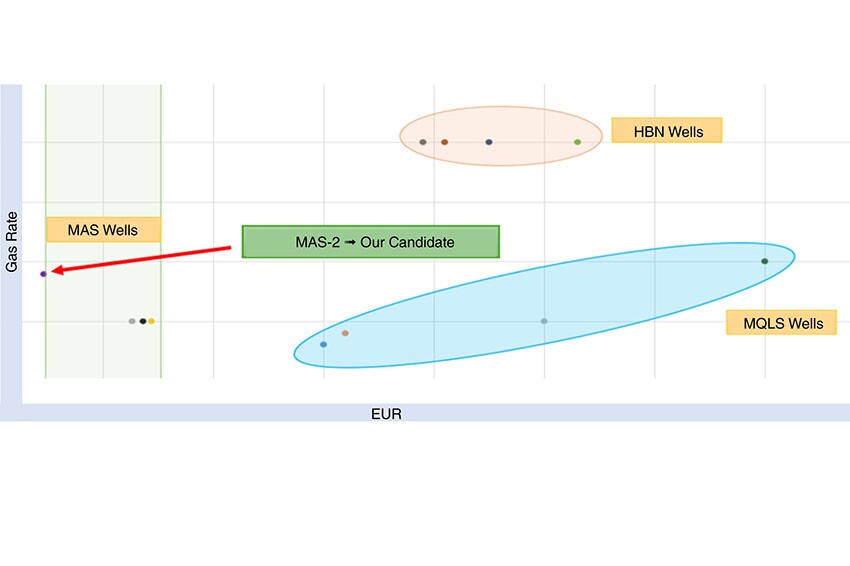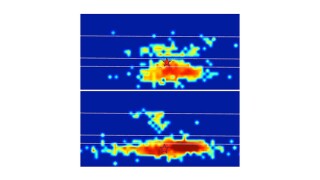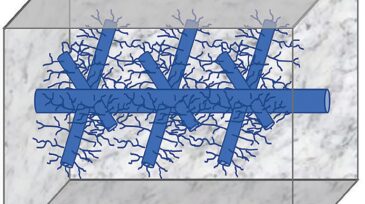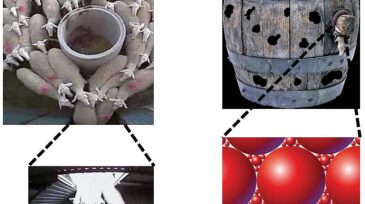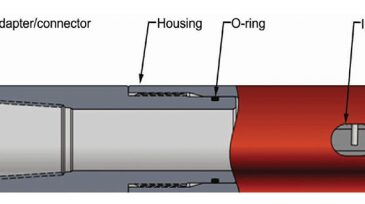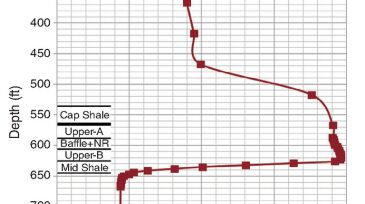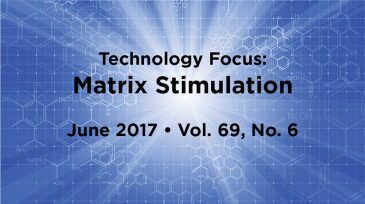Acidizing/stimulation
This study explores enhancing gas production through a novel combination of prestimulation using a coiled tubing unit and high-rate matrix acidizing.
The authors of this paper describe a method of stimulating a multizone hydrocarbon-producing well wherein a tool is deployed downhole by wireline to generate acid vapor at a target depth, allowing each interval to be treated uniquely.
In this work, microseismic observations are integrated with strain and other observations to investigate the microseismic response in relation to the underlying hydraulic fracture geometry for different rock types.
-
Fluids introduced into a reservoir for stimulation typically take the path of least resistance and, therefore, frequently go into areas with open flow paths. In many cases, those areas are not the targets of stimulation.
-
This paper presents the planning and execution of a matrix-stimulation pilot project in the heavy-oil Chichimene Field in Colombia.
-
Cyclic steam stimulation (CSS) is one of the principal enhanced-oil-recovery methods for heavy oil. CSS was performed in some of the wells of a heavy-oil field in Kuwait. Multiple cycles were applied in these wells. However, the total water produced in each cycle was much less than expected.
-
Tight formations are candidates for hydraulic fracturing as the default. However, the solubility of carbonate by various chemicals provides opportunities to extend the well drainage radius effectively without the intensive equipment, material, and infrastructure demand of hydraulic fracturing.
-
The treatment in a deepwater, frac-packed well with fiber-optic-equipped coiled tubing (CT) and a rotating, hydraulic high-pressure jetting tool achieved successful stimulation of a 500-ft-long frac-packed zone after several previous failures using different techniques.
-
This paper discusses a novel approach to abrasive perforating, including the first-ever use of an acid-soluble abrasive material and ending with CT-jetting-assisted nitrified stimulation.
-
This paper describes the testing of a novel concept based on resistivity measurements to monitor acid-stimulation operations.
-
This paper summarizes a wide variety of sandstone-acid-stimulation case histories, highlighting aspects such as mechanical conditions and operational practices.
-
This paper presents experimental and field-case studies with a sandstone-acidizing treatment designed to retard the hydrofluoric acid reaction rate and enable single-stage treatment.

